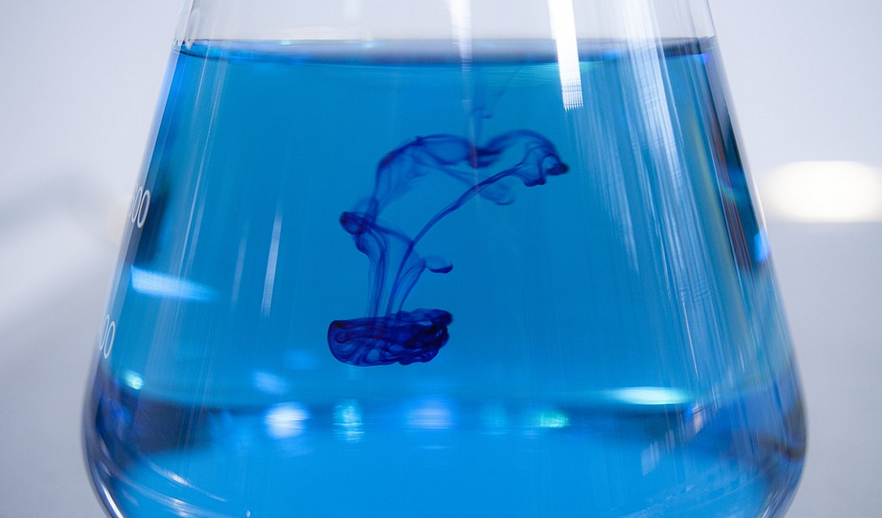Introduction
A battery is a device that converts chemical energy into electrical energy. It is a portable source of energy that is widely used in our daily lives. Batteries come in different sizes, shapes, and types, and are used in various devices, such as smartphones, laptops, cameras, and cars. In this article, we will discuss the chemical composition of a battery, its types, and how it works.
The Chemical Composition of a Battery
A battery consists of one or more electrochemical cells that contain two electrodes: a cathode and an anode. The cathode is a positive electrode, while the anode is a negative electrode. The electrodes are separated by an electrolyte, which is a chemical solution that allows the flow of ions between the electrodes. The chemical composition of a battery varies depending on its type. The most common types of batteries are alkaline, lithium-ion, lead-acid, and nickel-cadmium batteries.
Alkaline Batteries
Alkaline batteries are the most common type of battery used in household devices. They contain an alkaline electrolyte, which is usually potassium hydroxide. The cathode is made of manganese dioxide, while the anode is made of zinc. Alkaline batteries have a higher energy density than zinc-carbon batteries, which makes them last longer.
Lithium-Ion Batteries
Lithium-ion batteries are widely used in smartphones, laptops, and electric cars. They contain a lithium electrolyte, which is usually a salt, such as LiPF6. The cathode is made of lithium cobalt oxide, while the anode is made of graphite. Lithium-ion batteries have a high energy density and are rechargeable.
Lead-Acid Batteries
Lead-acid batteries are commonly used in cars, boats, and backup power systems. They contain a sulfuric acid electrolyte, which reacts with lead and lead dioxide to produce a voltage. The cathode is made of lead dioxide, while the anode is made of lead. Lead-acid batteries are heavy and have a low energy density, but they are inexpensive and reliable.
Nickel-Cadmium Batteries
Nickel-cadmium batteries are commonly used in cordless power tools, cameras, and toys. They contain a potassium hydroxide electrolyte and have a nickel oxide hydroxide cathode and a cadmium anode. Nickel-cadmium batteries have a high energy density and are rechargeable.
How a Battery Works
When a battery is connected to a device, a chemical reaction occurs between the electrodes and the electrolyte, which produces a flow of electrons from the anode to the cathode. This flow of electrons creates an electrical current, which can be used to power the device. As the battery discharges, the chemical reaction slows down, and the battery eventually runs out of energy.
Conclusion
In conclusion, batteries are an essential source of energy that we use every day. The chemical composition of a battery varies depending on its type, and each type has its advantages and disadvantages. Understanding the chemical composition of a battery can help us choose the right type of battery for our devices and ensure that they function properly.

